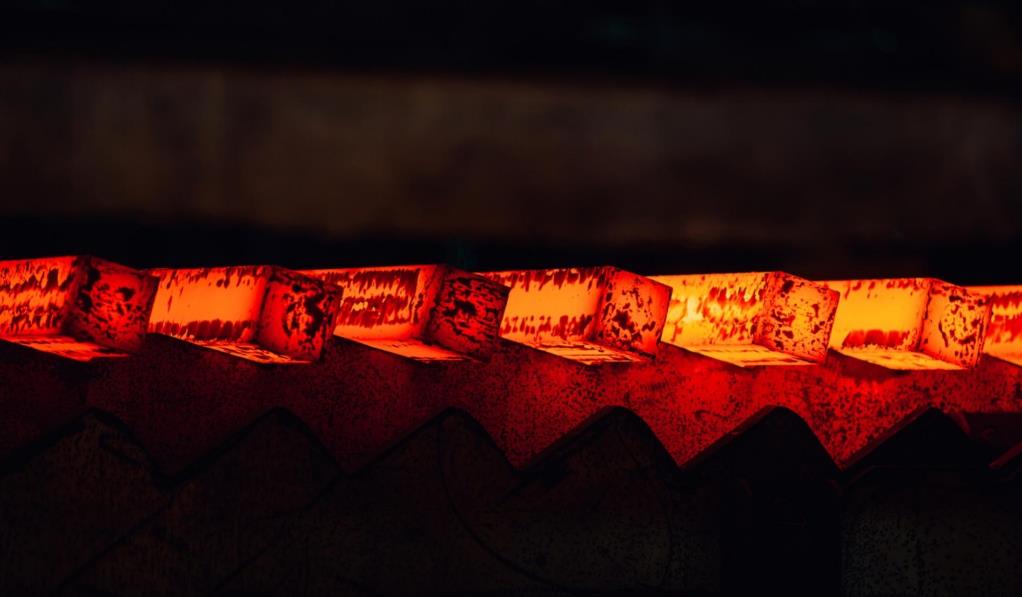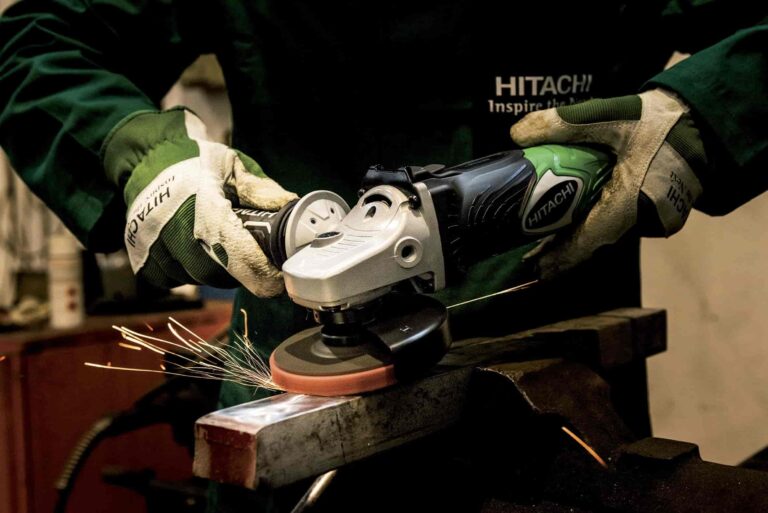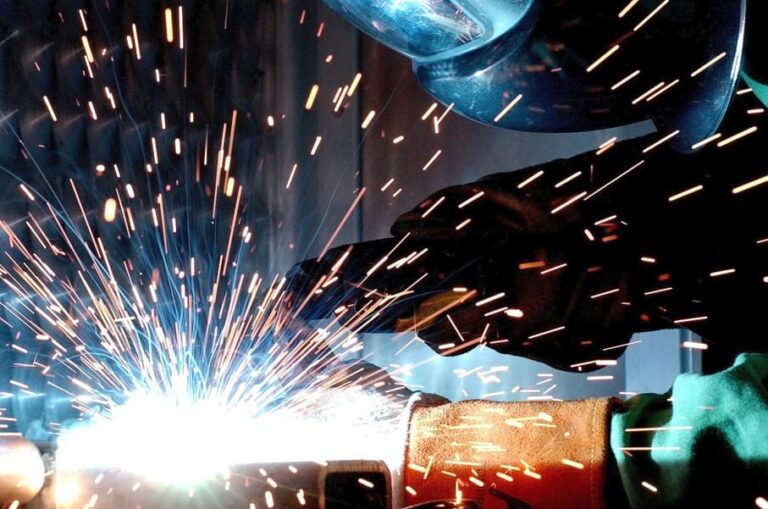Among all the different types of steel used in the knife industry, some are known for a specific quality. ZDP-189 is powdered Japanese steel, most notably recognized for its exceptional hardness.
When thinking about hard steels, the general rating on the Rockwell hardness scale is anything 60 HRc and up. However, there aren’t many names that come close to the hardness of ZDP-189 steel. It leaves many hard steels behind in hardness. The average hardness of ZDP-189 steel is around 65 HRc. In contrast to other notable, hard steel used in knifemaking like S90V, 154CM, and D2, it’s particularly harder.
ZDP-189 has a high amount of chromium. The 20% chromium content enables incredible corrosion resistance under normal circumstances, but it definitely isn’t its strongest. Wondering why? Read through the rest to find out everything you need to know about ZDP-189 steel, its properties, and what kind of knives can benefit from this steel the best.
ZDP-189 steel composition
- Carbon: 3%
- Chromium: 20%
- Molybdenum: 1.4%
- Tungsten: 0.6%
- Manganese: 0.5%
- Silicon: 0.4%
- Vanadium: 0.10%
Other than these, ZDP-189 steel contains traces of cobalt and niobium.
ZDP-189 steel properties
The high hardness largely influences the properties of ZDP-189. Like any other steel around this HRc rating, it offers superb edge retention and wear resistance but begs the question for toughness and ease of sharpening. Here is a detailed breakdown of the ZDP-189 steel properties covering critical aspects.
Hardness
ZDP-189 steel is one of the hardest steels used in knife manufacturing. The ZDP-189’s minimum hardness is 65 HRc. It can reach up to an immense 70 HRc by quenching it in subzero temperatures using dry ice or liquid nitrogen. However, this hardness level isn’t favored as the steel becomes too brittle at this point.
ZDP-189 steel can reach unprecedented hardness levels because of the high carbon amounts in the martensite. During heating of the steel to reach its austenite phase, carbon is released into the mix. After quenching (rapidly cooling the steel), the carbon gets locked. As a result, the steel becomes harder.
Because ZDP-189 has a high amount of carbon, it releases more carbon into the solution. Therefore, increasing hardness. Additionally, the chromium in the austenite phase is much less than the actual amount in the composition. While this further increases hardness, it has drastic effects on corrosion resistance.
Corrosion resistance
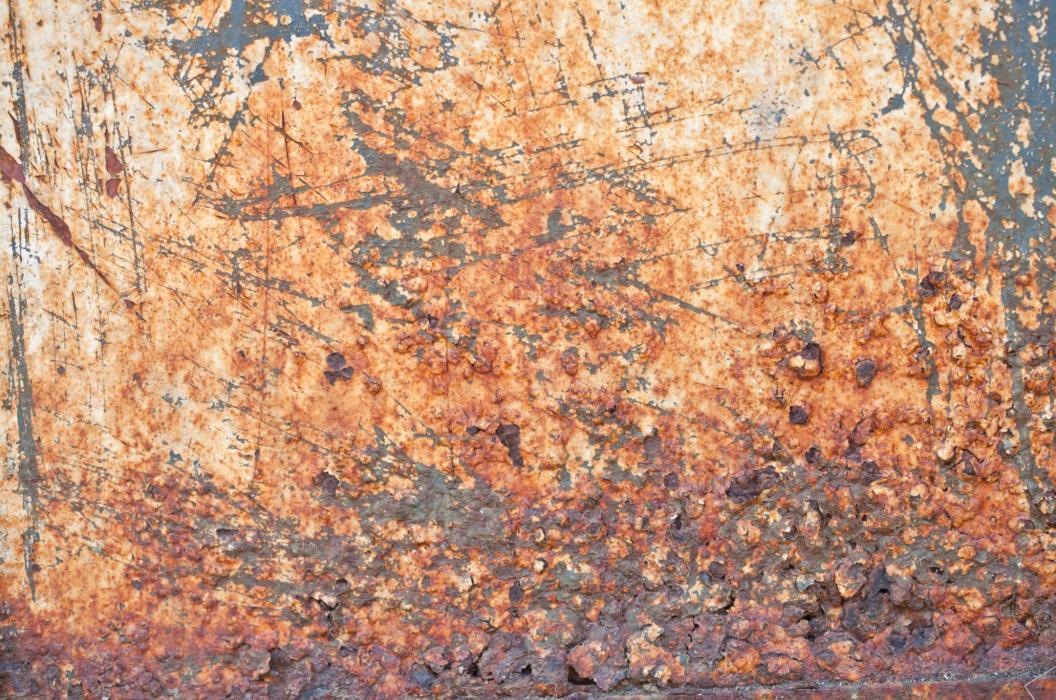
ZDP-189 steel performs poorly in corrosion resistance despite having a high chromium content. The 20% chromium in the composition can be misleading if you think it’s super stainless steel. The amount released into the solution during the austenitic phase is considerably low. This negatively affects its corrosion resistance performance.
Additionally, the low chromium to carbon ratio explains the poor corrosion resistance performance. Among the stainless steel used for making kitchen knives, ZDP-189 has one of the worst corrosion resistance. Furthermore, it’s even lower than some non-stainless steels like D2, which has an 8.0 Cr:C ratio, whereas ZDP-189 has 6.7. The higher the proportion, the better the corrosion resistance.
While these are negatives about its corrosion resistance, proper care techniques will prevent rusting in a kitchen environment. ZDP-189 is more prominent in Japanese kitchen knives. Japanese chefs that utilize these types of knives are familiar with carbon steels. For this reason, the lack of adequate corrosion resistance isn’t an issue for them. It might be a substantial consideration for others.
Edge retention

The 65+ HRc hardness provides incredible edge retention, as expected. It performs better than most steels with similar corrosion resistance but not as much as certain stainless steels like S90V.
Undoubtedly, ZDP-189 steel knives – whether for kitchen use or outdoor – can stay sharp for long periods. Still, there are other steels with better edge retention. The main reason why certain steels can hold an edge for longer despite not reaching the same hardness is the soft chromium carbides in ZDP-189. These don’t contribute to edge retention as much.
While the edge retention could be better, ZDP-189 is still one step ahead of many high-end steels. If ZDP-189 contained more vanadium, it could contribute to edge retention. Yet, the vanadium would get in the way of easy sharpening. The softer chromium carbides in ZDP-189 make sharpening easier. So there is a good trade-off that affects other factors.
Overall, the edge retention of ZDP-189 steel is better than the majority of comparable steel and more than adequate for most purposes.
Buy Wholesale Knives and Start Scaling up with Us Today
Contact us and connect with a sales rep to get a free quote.
Toughness
Like we would expect from any hard steel, ZDP-189’s toughness isn’t great. It isn’t just the hardness that gives ZDP-189 poor toughness. The large volume of carbides that subdue chromium and manganese from bringing out toughness is just as big of a reason.
Reduced toughness is a big issue for home cooks. The blades made from ZDP-189 are much more susceptible to chipping than any other stainless steel knife. Furthermore, it poses an equal challenge for survival knives. Whether you cut wood to start a campfire or set a snare in a trap, incorrect use can result in a damaged blade.
However, this isn’t to say that ZDP-189 knives will chip quickly. It isn’t as forgiving as knives made from softer steel. The users of ZDP-189 steel knives should handle them with that in mind.
Wear resistance
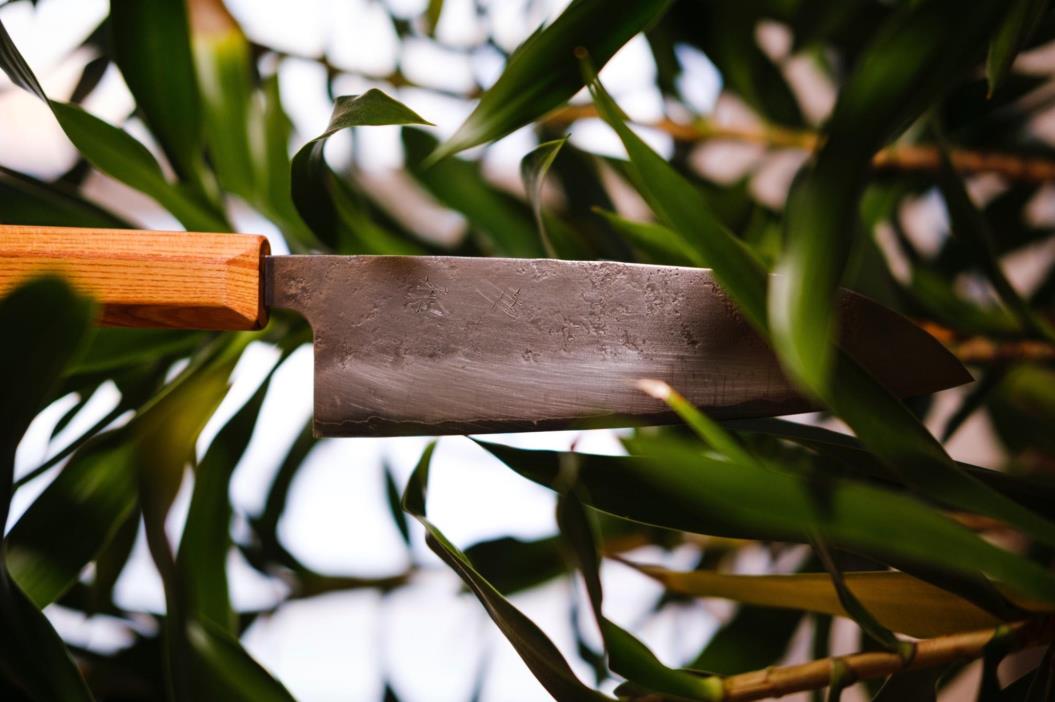
Contrary to toughness, the high hardness generally means greater wear resistance. ZDP-189 steel isn’t an exception. It takes a lot of use to wear down ZDP-189 steel. The knives made from this steel can last for years without showing imminent signs of aging. There will be scratches here and there eventually, but these will start appearing after a long time.
The incredible wear resistance is undoubtedly feasible. It’s an indication that the blade will last for many years without wearing down. However, this directly affects how easy it is to sharpen a knife.
Most steels with high wear resistance will generally require the user to pour more sweat to sharpen. However, how easy it is to sharpen a knife isn’t only about the wear resistance. Bringing a dull ZDP-189 steel blade to a razor-sharp edge is actually easy compared to others with this level of wear resistance and hardness. There are several reasons why ZDP-189 is somewhat easier to sharpen.
Firstly, the chromium carbides in ZDP-189 are softer than a standard whetstone made of aluminum oxide. This chemical compound is coarser than the chromium carbides found in ZDP-189 steel, enabling an easier time removing metal from the edge.
Other than the softer chromium carbides allowing easier sharpening, ZDP-189 steel only has low traces of vanadium carbides, which can make it more difficult to sharpen and wear down the sharpening stones faster.
Lastly, the carbides in ZDP-189 are very fine, adding to the ease of sharpening. These make ZDP-189 steel knives considerably easy to sharpen, especially when put side by side with other steel with equivalent edge retention.
ZDP-189 steel is suitable for:
- Kitchen knives: ZDP-189 steel is a favorable option for cooks preferring a long-lasting sharp edge, easy sharpening, and that don’t mind the occasional maintenance for corrosion resistance.
- Outdoor knives: The knives with high wear resistance are favorable to any outdoor person. It plays an important role, from cutting ropes to slicing wood for a campfire. ZDP-189 steel’s incredible wear resistance is complimentary for premium outdoor and EDC knives.
- Other applications: ZDP-189 steel found its place in surgical scalpel blades and some machinery, but the primary use case is making high-end, custom knives.
ZDP-189 steel vs. other steel for Japanese knives

VG-10
VG-10 is well-known steel in Japanese kitchen knives. It’s easier to sharpen and offers better toughness and corrosion resistance than ZDP-189, but ZDP-189 holds a sharp edge for longer with greater wear resistance. VG-10 is better suited for home cooks. Professionals are likely to favor ZDP-189.
AUS-10
AUS-10 is more of a budget-friendly option. There are only two things that AUS-10 does better than ZDP-189: resisting corrosion and toughness. Other than these factors, which can be detrimental to some home cooks and those living in a rather wet environment, ZDP-189 is superior.
SG-2
SG-2 is powdered steel like ZDP-189 with small carbides that achieve extreme sharpness. ZDP-189 is similar but with poorer corrosion resistance. SG-2 has a hardness of around 64 HRc. Although they have head-to-head hardness, ZDP-189 has way superior edge retention, but SG-2 is easier to sharpen.
ZDP-189 steel knife delivery times
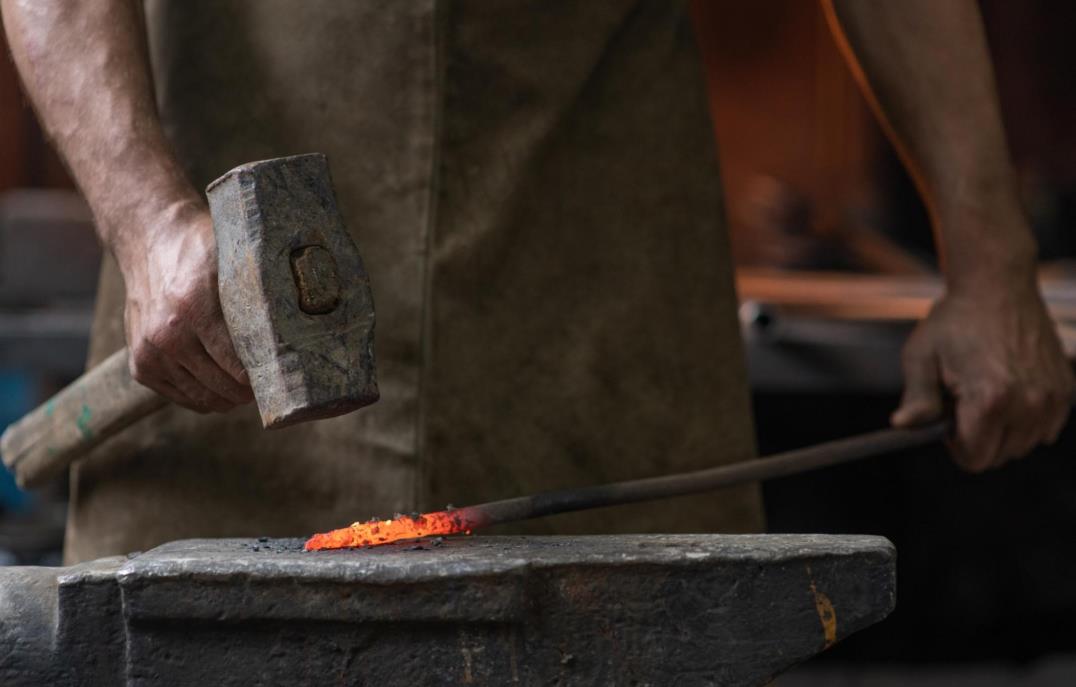
The lead time for manufacturing ZDP-189 knives can be long, whether for kitchen use or another. If higher hardness levels are needed in the production, it will require long, multiple-step processes. Progressively increasing austenitizing temperatures followed by plate quenching and the use of dry ice or liquid nitrogen to cool the steel for 12 hours or so at 196°C (−320°F) are needed, to name a few.
All of these extend the lead time production of ZDP-189 knives. Since every order varies, reach us to get an estimate of how long it will take you to receive your order.
Conclusions
ZDP-189 steel offers high hardness and wear resistance. These deliver incredible edge retention and sharpness. Although it may underperform in resisting corrosion, it’s certainly better than non-stainless steels.
If hardness and edge retention isn’t the first priority, ZDP-189 will have more satisfying alternatives for survival and pocket knives, such as M390 or S45VN. Overall, its properties make them more ideal for Japanese kitchen knives.
ZDP-189 is a noteworthy consideration for entrepreneurs wanting to open up to the Japanese market. We provide services from A to Z as a company offering both OEM and ODM services with global shipping and fulfillment centers in US and China, contact us if you are interested in learning more!
